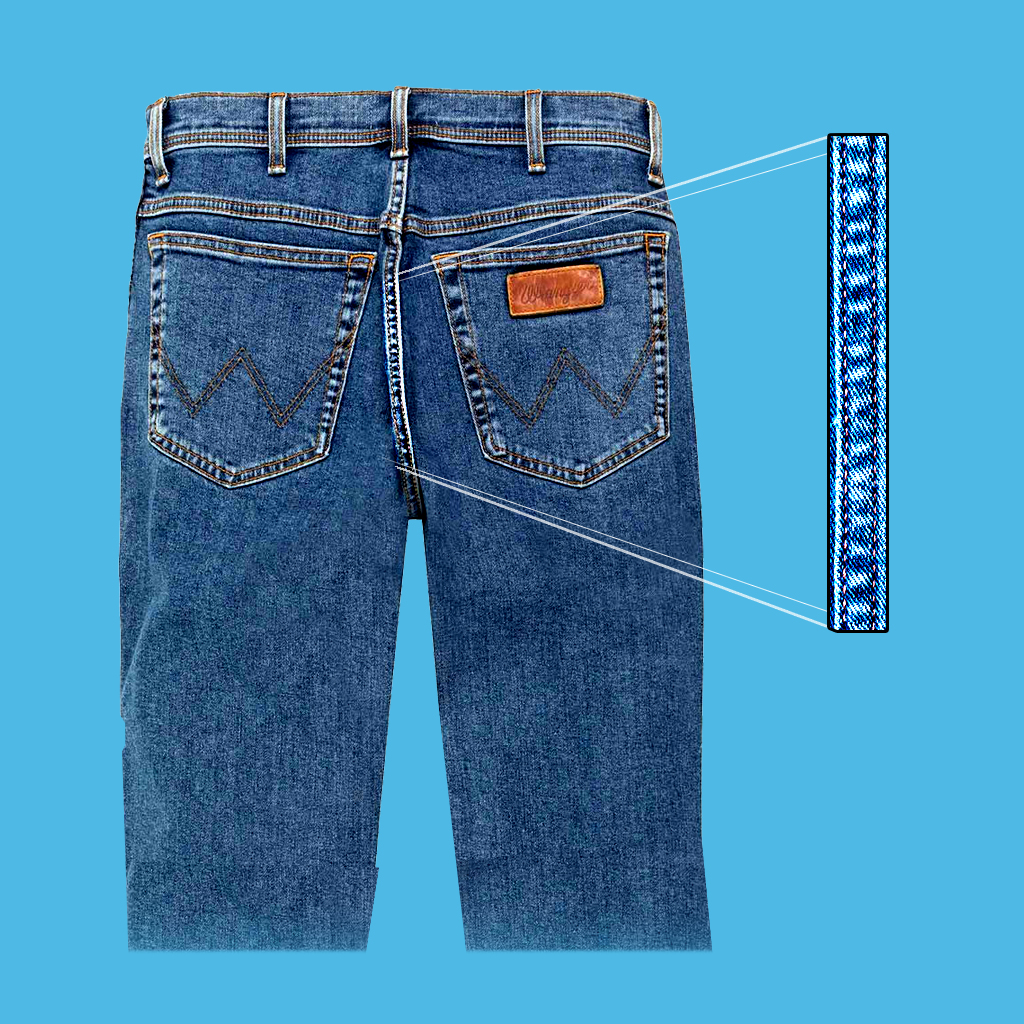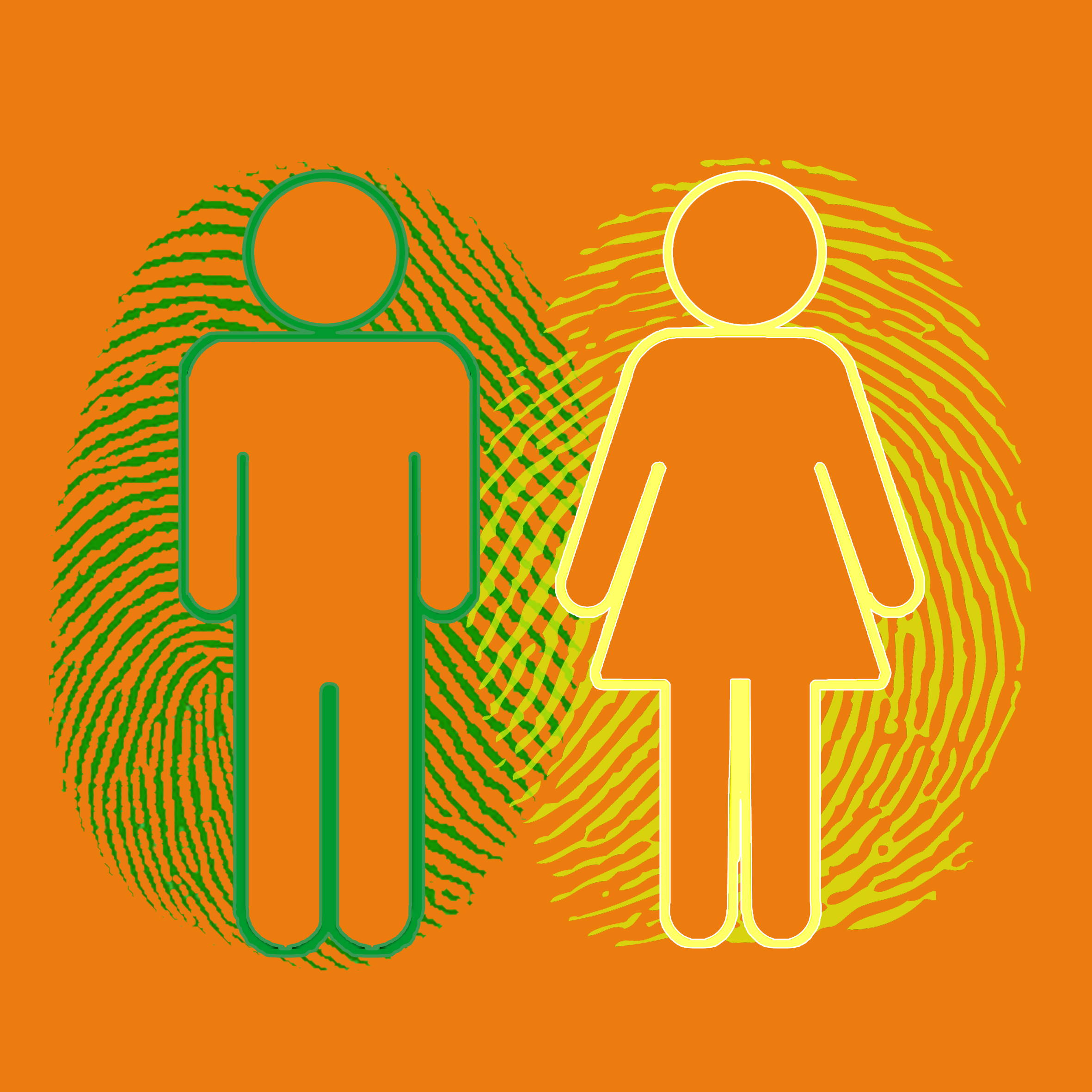ED-GAN

Using general facial characteristics of facial images, facial images of non-existent persons (GAN images) are generated using machine learning. As part of the police investigation process, the facial image of a suspect is compiled with similar GAN images in a photo sheet. Witnesses are asked to identify the suspect's facial image. The aim of the project is:
- – to create GAN images that are indistinguishable from living people in terms of quality
- – Inventory GAN images using a defined choice of keywords
- – To develop user-friendly software that suggest a suitable selection of GAN images
Automated localization of pathological abnormalities in postmortem computer tomography (PMCT)

Postmortem computed tomography (PMCT) is one of the routine procedures in forensic medicine. The transformation of the large amount of data into two- or three-dimensional images and the localization of abnormalities requires enormous computing power and time for pathologists to evaluate the findings. The aim of the project is to automate the following applications using deep learning methods:
- – The segmentation of volumetric data from postmortem computed tomography images
- – The localization and characterization of bone fractures
- – Assessing the alteration index directly on PMCT images
Automated wound detection on conventional (2D) photos

Forensically relevant injuries must be documented with photos and assessed by forensic pathologists. The aim of the project is the automated detection of injuries on these images using deep learning methods. The resulting software should be able to automatically generate short wound descriptions containing the wound class, length, width, and the body location.
Comparison of spectra

The comparison of measured spectra of traces is one of the main routine tasks of forensic investigations. Ultimately, it is of interest whether two spectra of two different traces are the same or different, and which group of materials they belong to. Here we investigate hair gel residues coming from the hair of victims. The residues are collected on the crime scene, taken from impregnated objects (shoes, clothes, etc.), and compared with labelled gels. A classifier based on machine learning helps to identify the corresponding gel. Extremely selective and structure-recognising, spectroscopic “Raman” and “FT-IR” analysis are used as investigation tool.
Phantom picture

The creation of phantom pictures is a complex and multifaceted technique applying resources from differen disciplines. The specialist must visualise a face from a victim's 'memory or a witness. The transfer or translation of a verbal description of facial features into an image is challenging. The project starts with the description of facial features using a keyword-stored database of existing images. The algorithm generates facial images from images that have already been stored with keywords and can also be changed/altered by the specialist. The resulting image is always a non-existent person.
Prediction of the presence of blood splashes on a shooter's hands

Depending on the circumstances (weapon, caliber, direction of fire, shooting distance, clothing, etc.), blood can spatter back from a person that has been fired on. This could, for example, manifest itself as small drops of blood, squirting out of the projectile entry wound in the opposite direction to the shot, , then condensing on the gun and the hands of the shooter. In order to be able to use machine learning to predict whether such events are to be expected, data is collected and evaluated accordingly. Such predictions can help to clarify crime sequences in firearm offences.
Jeans seam pattern comparison

In forensic investigations, clothing items can contribute to the indirect identification of perpetrators. In this context, jean seams could allow the differentiation of individual pairs of jeans due to their unique, randomly generated patterns.
In this project, we are developing a fully automated method for forensic comparative analysis of jean seams based on images. These images are initially optimised using image processing techniques to enhance relevant features such as contrast and noise suppression. Subsequently, characteristic seam features are extracted and compared using pattern recognition to quantify similarities and differences.
In this project, we are developing a fully automated method for forensic comparative analysis of jean seams based on images. These images are initially optimised using image processing techniques to enhance relevant features such as contrast and noise suppression. Subsequently, characteristic seam features are extracted and compared using pattern recognition to quantify similarities and differences.
Biometrical fingerprints classification

Fingerprints have long been employed as a reliable method of identification due to their inherent uniqueness. More recently, researchers have demonstrated that fingerprints exhibit specific patterns and characteristics that are influenced by factors such as age, sex, and ethnicity.
The primary objective of this project is to develop a comprehensive algorithm capable of extracting biometric information from fingerprint images.
The primary objective of this project is to develop a comprehensive algorithm capable of extracting biometric information from fingerprint images.